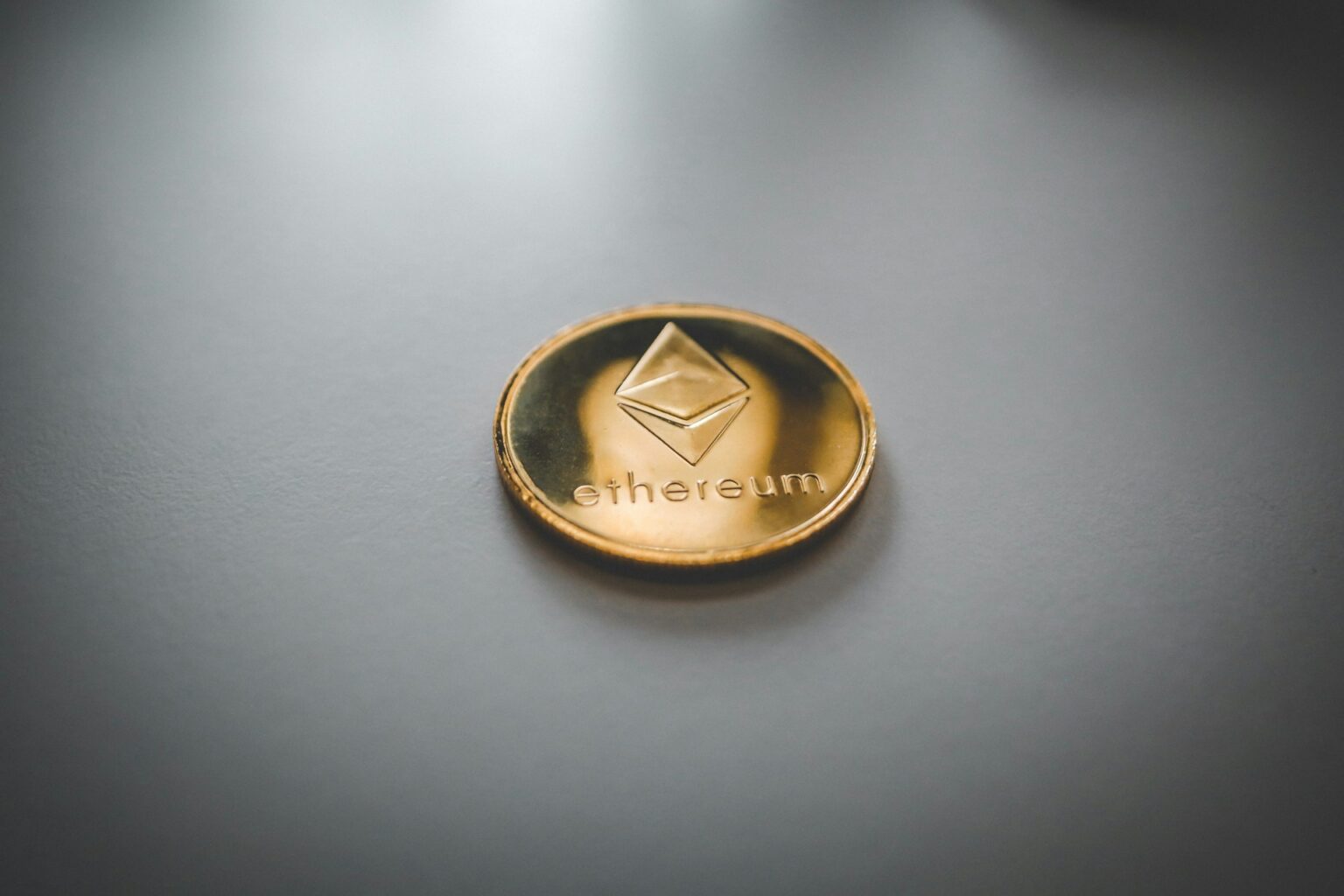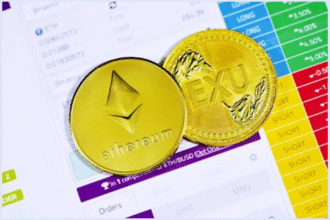In the dynamic world of cryptocurrency, where trends shift faster than in any other financial market, the top 100 list is both a badge of honor and a battlefield.
It’s a constantly changing leaderboard of innovation, speculation, and survival. For a project, making it into the top 100 cryptocurrencies by market capitalization represents mainstream recognition—proof that it has captured both investor interest and liquidity. But staying there is another story altogether. Projects enter and exit the top 100 far more frequently than most realize, highlighting the volatility, competition, and rapid evolution that define the crypto industry.
Over the past decade, the rate at which cryptocurrencies rotate in and out of the top 100 has been a fascinating indicator of market maturity. In the early days of Bitcoin dominance, the top ranks were relatively stable. Bitcoin and Ethereum have remained immovable for years, while a handful of others like Ripple (XRP), Litecoin, and Bitcoin Cash have managed to maintain long-term positions. But further down the list, the churn rate has always been high. According to multiple market analyses, anywhere between 15 to 30 projects can enter or exit the top 100 in a single year, depending on market conditions. During bull runs, the number spikes as speculative mania pushes new tokens upward. In bear markets, the weaker ones disappear quietly, overtaken by emerging projects or fading into irrelevance.
The primary reason for such constant change lies in the nature of the crypto ecosystem itself. Unlike traditional stock markets, where companies need to go through regulatory and financial hurdles to be listed, new cryptocurrencies can emerge overnight. Some are meme-driven phenomena that skyrocket in price thanks to viral hype, while others are sophisticated technological experiments designed to solve real problems in finance, gaming, or data security. The ease of entry, combined with speculative demand, ensures a never-ending wave of new tokens challenging the established order.
Take the bull run of 2021, for instance. During that period, dozens of projects entered the top 100 for the first time—many of them linked to decentralized finance (DeFi) and non-fungible tokens (NFTs). Tokens like Axie Infinity (AXS), The Sandbox (SAND), and Decentraland (MANA) climbed into the rankings seemingly overnight as investors chased the metaverse trend. Similarly, DeFi protocols such as Uniswap, Aave, and Compound emerged from niche communities to global recognition. Yet, when the market cooled in 2022, many of these same projects saw their market caps shrink, allowing newcomers like Aptos, Sui, and Arbitrum to take their place.
This rapid turnover also reflects how innovation cycles in crypto are far shorter than in traditional industries. A blockchain project’s success often depends on how quickly it can adapt to technological shifts and maintain community engagement. Even a small loss of momentum—be it due to high transaction fees, outdated code, or a lack of marketing—can push a project down the rankings. On the other hand, an innovative feature or viral trend can lift a token from obscurity into the top 100 in weeks.
Meme coins perfectly illustrate this volatility. Dogecoin, originally a parody, entered the top 100 years ago but didn’t become a permanent resident until its 2021 resurgence, fueled by social media and celebrity endorsements. Other meme coins like Shiba Inu, Floki, and Pepe have followed similar trajectories—shooting into the top 100 on hype, only to risk sliding back down as attention fades. Their rise and fall underscore how sentiment-driven this market remains.
However, it’s not only hype that reshuffles the rankings. Serious projects backed by strong technology and partnerships often climb steadily over time. Ethereum’s layer 2 solutions like Arbitrum and Optimism, for example, only emerged in recent years but now sit comfortably in the upper echelons of the list thanks to growing developer adoption. Similarly, established players like Cardano, Solana, and Avalanche continue to defend their spots through consistent updates and community expansion.
The exit rate from the top 100 can be just as telling. Some coins simply fade because their use case loses relevance or because their teams stop development altogether. Others fall victim to market saturation—when too many similar projects compete for the same audience. Occasionally, scandals, security breaches, or regulatory pressure can cause abrupt declines. The 2022 collapses of projects tied to centralized finance, such as Terra’s LUNA and FTX’s token FTT, showed how quickly even top-ranking assets can implode. Their sudden disappearance from the top 100 list serves as a stark reminder that in crypto, reputation and liquidity can vanish overnight.
The constant rotation within the top 100 is both a risk and an opportunity. For investors, it means that chasing short-term trends can be dangerous, but identifying long-term innovators early can lead to enormous gains. For developers, it’s a call to keep evolving—to engage communities, improve technology, and stay relevant in an environment that rewards agility. Unlike in traditional markets, there’s no resting on laurels in crypto; the competition never sleeps.
Ultimately, the frequency with which projects enter or leave the top 100 reveals the essence of cryptocurrency itself—an open, experimental, and unforgiving ecosystem. Every project competes on merit, hype, and utility, and only those that balance all three manage to stay on top. The list changes constantly because the industry itself is in perpetual motion. What defines today’s top 100 may look entirely different a year from now, but that’s what makes the crypto market so captivating: it’s a live experiment in evolution, where innovation and relevance are the only true currencies that endure.

















